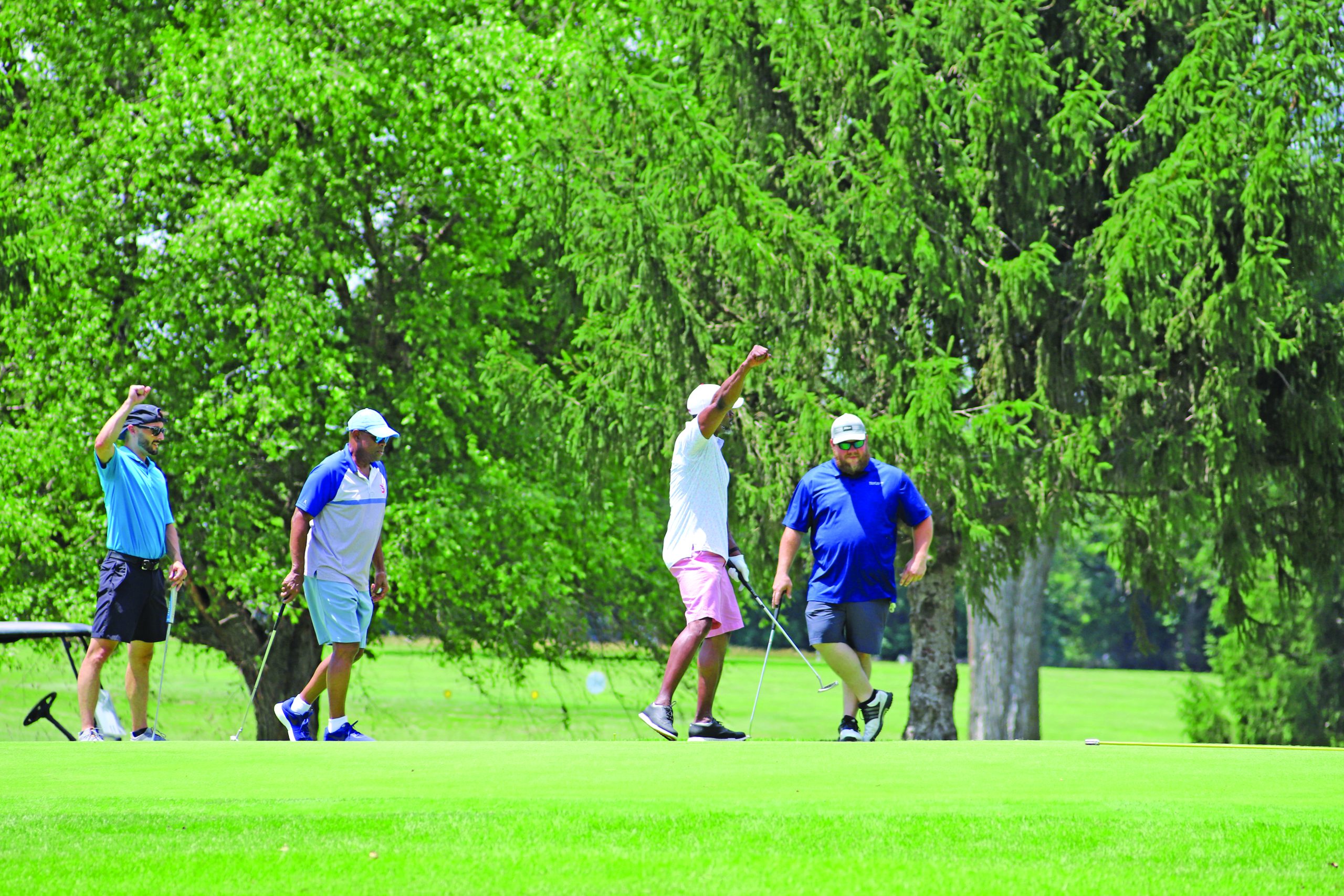By the Nebraska Department of Health and Human Services
For many Nebraskans, COVID-19 will be like a cold. But for some of our parents and grandparents, it could be very severe, and could result in death. Recent data shows that the virus is also affecting younger people. A Centers for Disease Control and Prevention report said 20% of those hospitalized for COVID-19 in the U.S. were 20-44 years old. Even if you are healthy, you can pass COVID-19 on to others who can be severely affected. Help protect those you love by avoiding crowds, distancing yourself from other people and isolating yourself even if you think you just have the “sniffles.” We all have a responsibility to protect our loved ones, and others’ loved ones.
Flattening the curve – The phrase “flattening the curve” refers to the same potential number of cases appearing over a greater period of time. When a spike in cases occurs, health care resources can be overwhelmed. A flatter curve is slower, allowing people to recover and hospitals can continue to provide care to families, friends and neighbors who need it. Flattening the curve means everybody does their part to reduce spread for as long as possible.

Source: Centers for Disease Control and Prevention
What history tells us – Influenza struck the United States in spring 1918. By summer it seemed the outbreak was over, but a second wave of cases occurred in September. Two cities’ responses to the return of disease shed light on why today’s efforts to “flatten the curve” are so important.
Philadelphia officials didn’t want to cancel a major, city-wide parade, worried about causing a panic. Eight hundred and eighty-five miles to the west, in St. Louis, Missouri, public officials had already cancelled that city’s parade.
On September 28, about 200,000 Philadelphians in close quarters watched the parade of floats and marching bands. The first flu cases showed up two days later. By the end of the third day, flu patients filled every bed in every hospital in the city, and by the end of the week, 2,600 people had died. Over the next several weeks, more than 12,000 people in Philadelphia died of the flu.
Meanwhile, in St. Louis, only about 700 people died of the flu. Keeping people home saved thousands of lives in St. Louis, while people gathering in large numbers cost thousands of lives in Philadelphia.
Social distancing doesn’t prevent all disease but it can prevent a spike in cases so severe that hospitals become overwhelmed.
What we can do now – As Nebraskans, we face our challenges together and we all have a role to play this response. Here’s what you can do now to slow the spread of disease in your community:
Community measures:
- Practice social distancing which means put at least 6 feet of space between you and others.
- Follow 10-person gathering limit guidance
- Social and public gatherings are limited to 10 people.
- Bars and restaurants are limited to 10 people and are strongly encouraged to move to drive thru, take-out, delivery only.
- Child care providers should also follow the 10-person guidance with the goal of reducing class sizes and increasing space between children.
- Grocery stores will continue operations but should prioritize ordering, pickup, and delivery.
With community transmission of COVID-19 now occurring in the metro area, stricter and enforceable directed health measures are now in place for Cass, Douglas, Sarpy and Washington Counties.
- State Directed Health Measure – https://www.dropbox.com/s/sk95elfp6bnefsv/DHM%203.19.2020.pdf?dl=0
- Douglas County Health Department Directed Health Measure – . https://www.douglascountyhealth.com/images/COVID-19/2020_03_ORDER_AMENDED_3-20-2020.pdf
Personal measures:
- Stay home if you are sick and avoid contact with sick people
- Washing hands often with soap and water for at least 20 seconds. If soap and water aren’t available, use an alcohol-based sanitizer.
- Avoiding touching your eyes, nose, and mouth with unwashed hands.
- Covering your nose and mouth with a tissue when you cough or sneeze then throw the tissue in the trash.
- Cleaning and disinfecting frequently touched objects and surfaces.
Higher risk groups
Certain people are at higher risk of getting very sick from COVID-19 including older adults and people who have serious chronic medical conditions like heart disease, diabetes and lung disease. People in these higher-risk groups should:
- Stock up on supplies, including extra necessary medications.
- Take everyday precautions to keep space between yourself and others.
- When you go out in public, keep away from others who are sick, limit close contact and wash your hands often.
- Avoid crowds as much as possible.
- Avoid cruise travel and non-essential air travel.
- If there is a COVID-19 outbreak in your community, stay home as much as possible to further reduce your risk of being exposed.
The Nebraska Department of Health and Human Services will continue to update Nebraskans through http://dhhs.ne.gov/coronavirus and on Facebook and Twitter as we have new information. The CDC’s website is also a good resource for COVID-19 information – https://www.cdc.gov/covid19.
